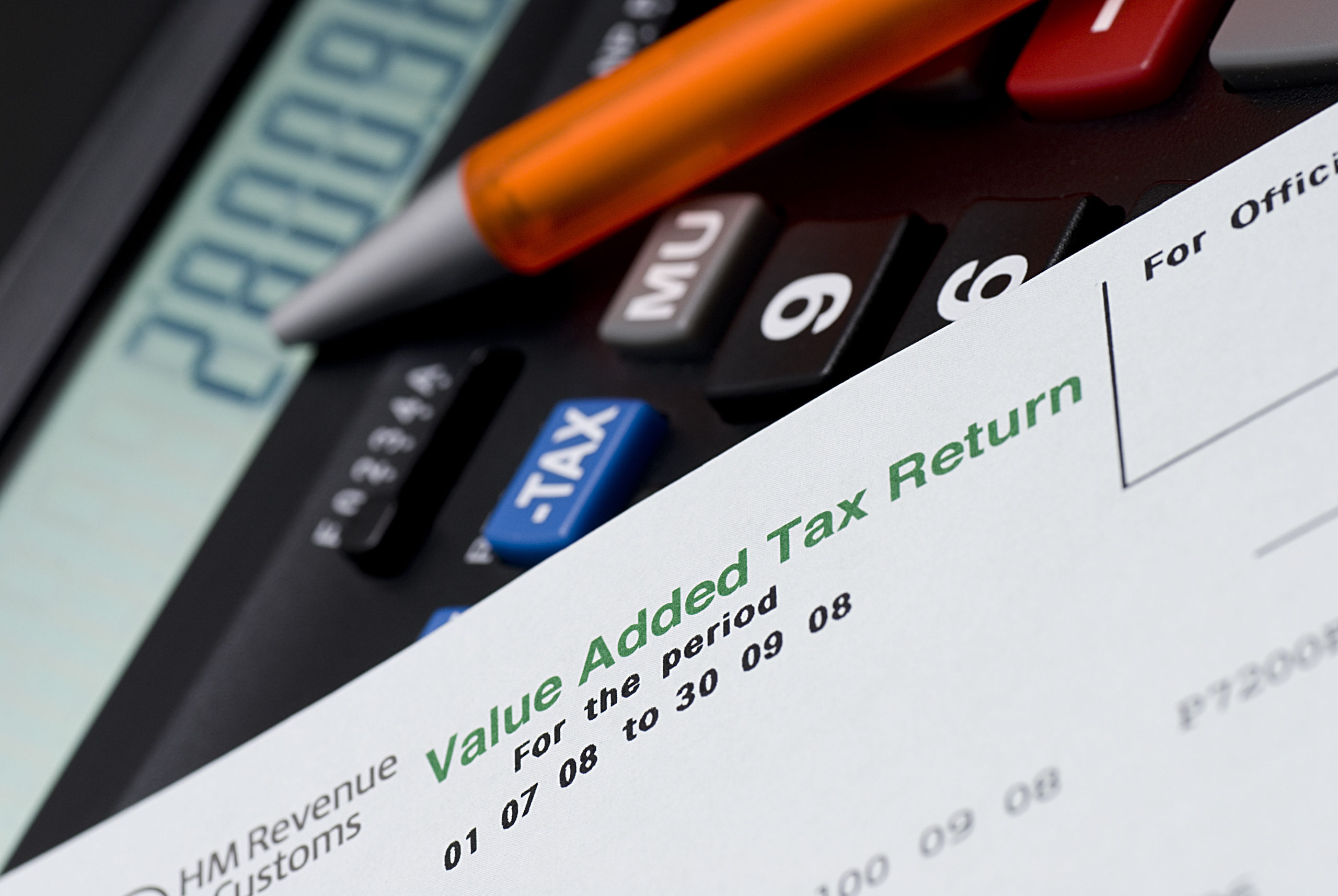The current VAT system has long been criticised as being too complicated. But with an election looming should this be a focus for Government in the coming years, especially in the light of other overly complex tax regimes such as Inheritance Tax which appear to have been sidelined?
VAT, or Value Added Tax, is levied on goods and services. There is a scale at which VAT is added, with the standard rate currently sitting at 20%. Yet some items don’t attract VAT – being either exempt or classed as zero rate – and others, enjoy a reduced rate of 5%. The system itself is full of oddities too, with toilet rolls attracting the top rate of VAT and caviar none at all!
In the past few months, the Institute of Chartered Accountants in England and Wales (ICAEW) has called again for a simplification of the VAT system reporting that the current structure holds “needless complexity”. It’s easy to see this with just a scroll of the Government’s VAT rates on different goods and services. Chief among the concerns from professionals are that VAT is outdated, creates an admin burden for businesses and is hard for HMRC to digitise.
VAT is based on purchase tax, which was introduced just after World War 2, back in 1948. Given its roots it can feel obsolete, and very much out of step with today’s consumer trends especially when looking at which goods and services are classed as essentials and which as luxuries. For example, foods such as chocolate and biscuits were classed by purchase tax as luxury items – and VAT follows much the same structure. A lower, standard single rate of VAT would help remove these idiosyncrasies.
The ICAEW has thrown open the debate inviting proposals for reforming the system. The winner will receive a £5,000 prize along with the chance to present their research at a VAT conference at Chartered Accountants’ Hall in London in 2025.
